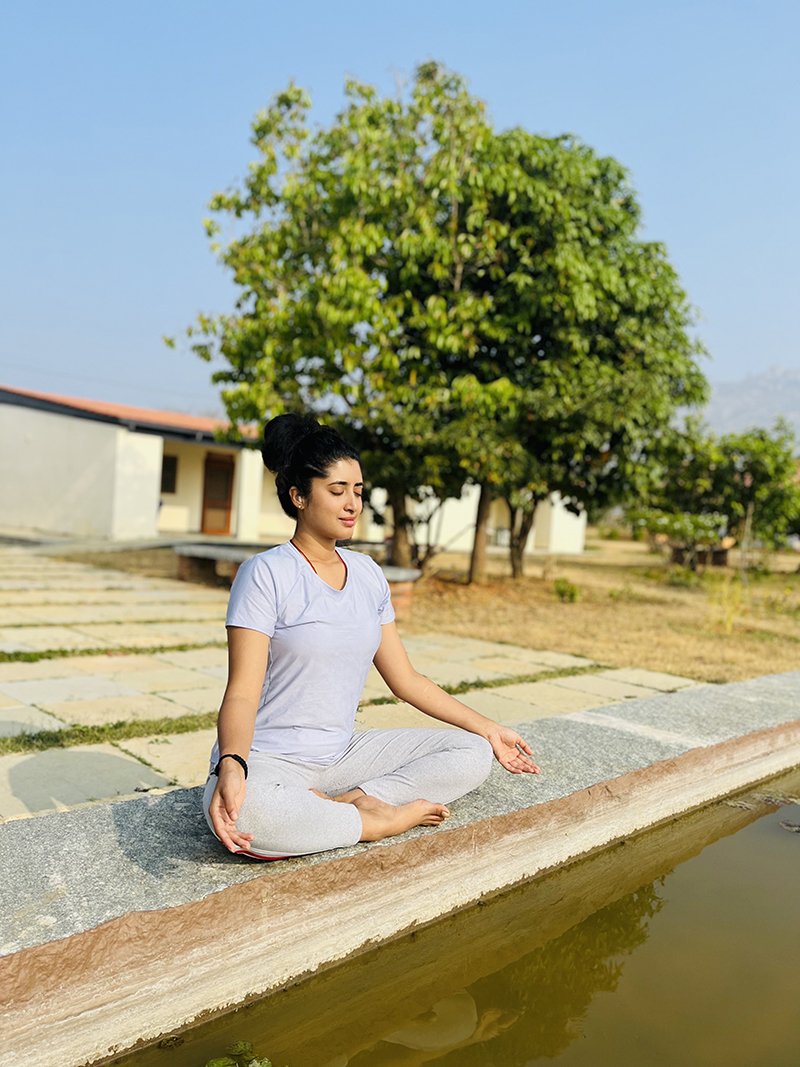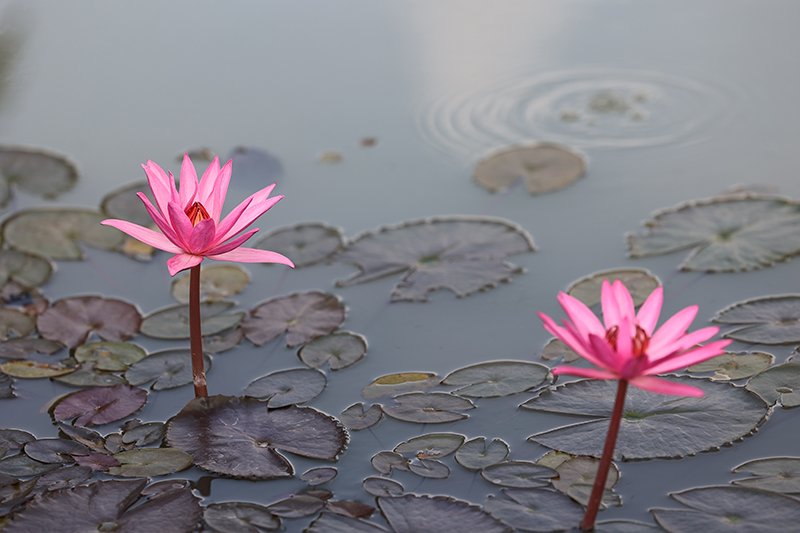Conception or Garbhadharana is detailed in the Shareerasthana of the classical texts of Ayurveda called the Samhitas. The first chapter is called ‘Garbhavakranti’, and may be translated as embryology. The Rishis of yore turned poets when they described the requisites for conception as, “Ritu kshetra ambu bijanam…” – “The right season, the sanctuary, the seed, the nourishment”.

In modern embryology, when the sperm and the egg or the male and female gametes unite, a zygote or embryo is formed, which moves into the uterus and develops into a new living being. Ayurveda describes the process of conception thus, “Sukra sonitam garbhashayastham atma, prakriti vikaara samunnitam khalu kukshigate iti garbha” [Susruta samhita] – When the sperm and egg come together along with the eleven-entity Purusha, described in the Sankhya Darsana as the Purusha with Manas and the ten Indriyas, and enters the uterus, it is called ‘Garbha’ or pregnancy. There is the clarity that simple fusion of gametes does not guarantee conception. It happens only with the participation of the Purusha who wishes to enter the drama of life once again with its share of Klesha (ignorance) and Karma (actions and impressions from previous lifetimes). According to Ayurveda, if the egg is from the right ovary, it is usually a boy, and if it is from the left ovary, it may be a girl.
The nine month period of pregnancy is roughly divided into three trimesters.
1-3 months
During this period, the mother is weak, may have nausea and general tiredness. Rest, light and nourishing food, love and care is prescribed. The mental, physical and emotional condition of the mother-to-be affects that of the child to be born, hence it is important to keep her happy and comfortable. Classical preparations like Bhadradi Kashayam and Madiphala Rasayanam are prescribed during this time. Long journeys are to be avoided.
4-6 months
This is a relatively smooth period of pregnancy. The mother-to-be is more comfortable. Ghritas or medicated ghee like Phalasarpis or Kalyanaka Ghritam is prescribed. Because of the expansion of the uterus, there is likely to be Vata imbalance which manifests as indigestion, bloating, disruptive sleep cycles, pain in the pelvic area, and so on. Dhanwantaram tablets and milk decoctions made with the herb called Bala are prescribed to take care of this imbalance. The mother-to-be is encouraged to engage in physical activities, Yoga and Pranayama.
7-9 months
This is the period of rapid growth of the foetus, so the mother-to-be develops a lot of discomfort. A ghee called Sukha Prasavada is introduced and she is given daily oil baths and oil enemas. As the time for childbirth nears, enemas with decoctions are also prescribed to aid a normal, smooth delivery.
The mother-to-be should be aware that her food habits, thoughts and activities have a direct impact on the unborn child. Listening to mantras, chanting, visiting holy places and leading a disciplined lifestyle aids in bringing in a healthy baby.
After delivery, the new mother is treated with various medications and external treatments for 41 days (one Mandala) to help regain her strength, ensure shrinkage of the uterus, produce sufficient quantities of milk, and remove all the imbalances caused by Vata aggravation during pregnancy.

ArogyaM has curated ‘SrushtI’, an 18-day program exclusively for those who wish to embrace parent-hood. In addition to ‘SrushtI’, we offer a 10-day program called ‘ShaktI’ to aid the wellness of women from menarche (puberty) to menopause.
